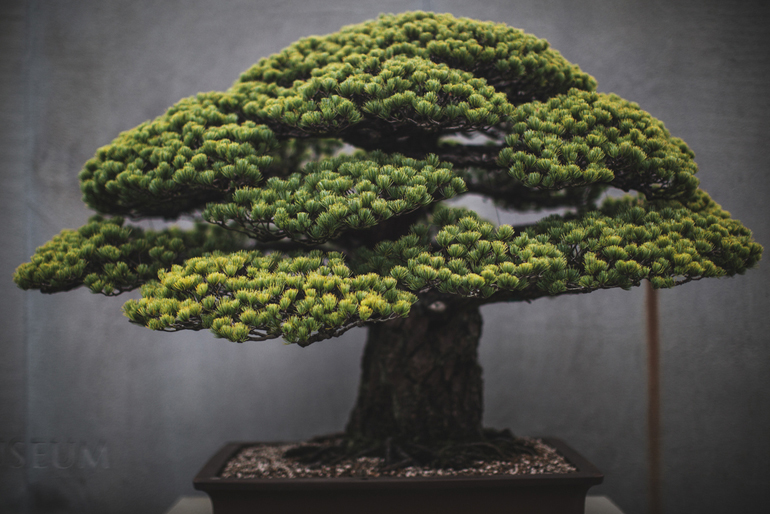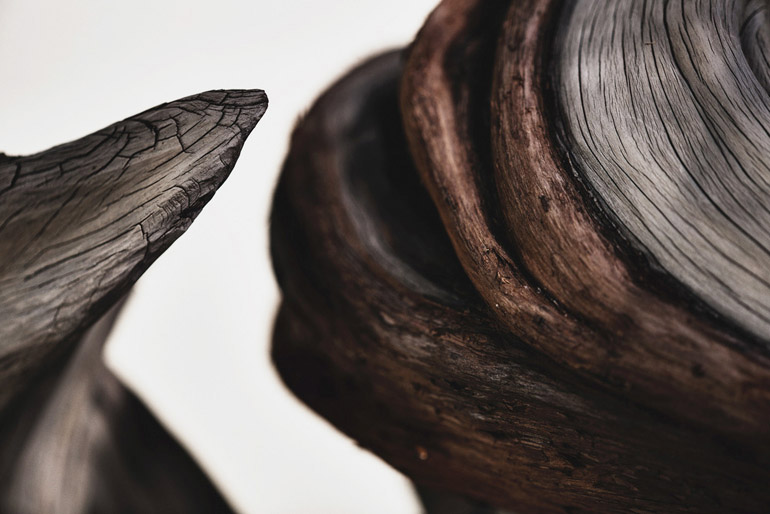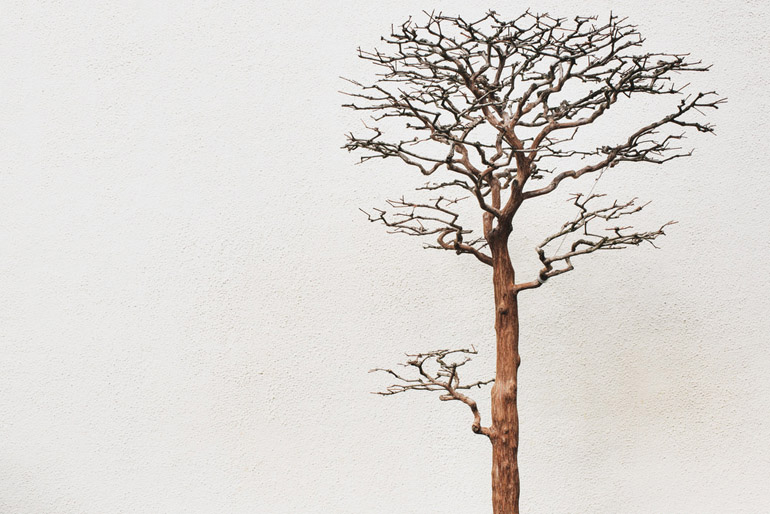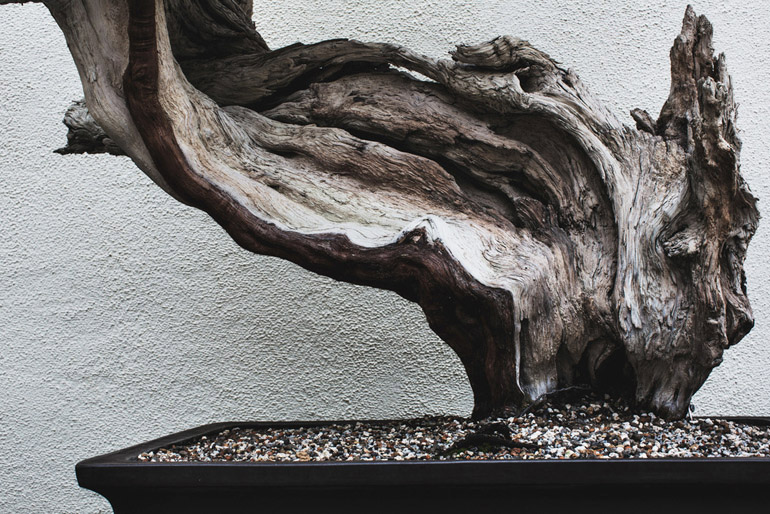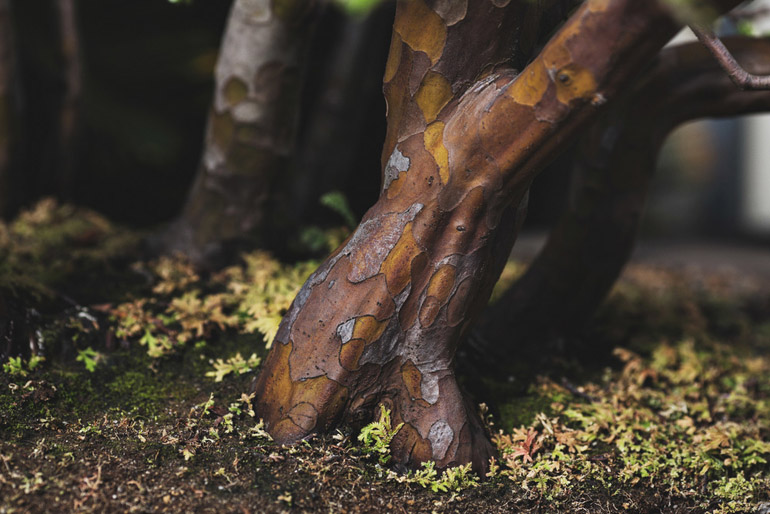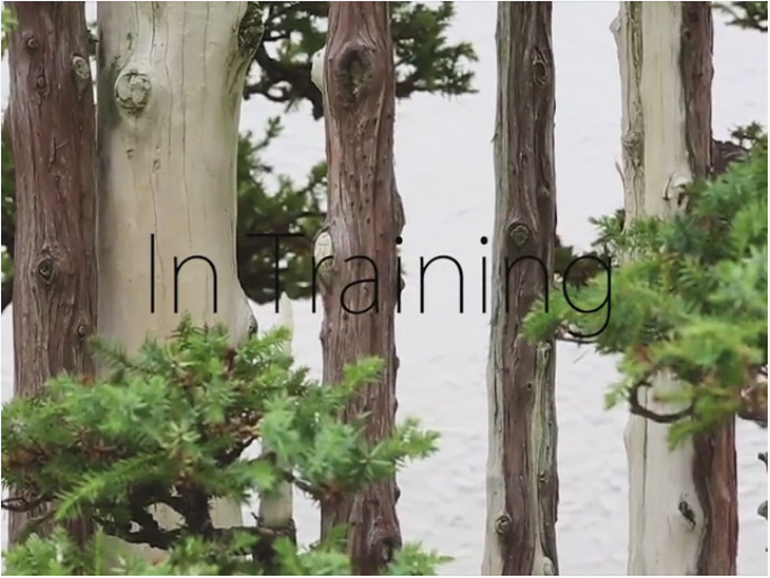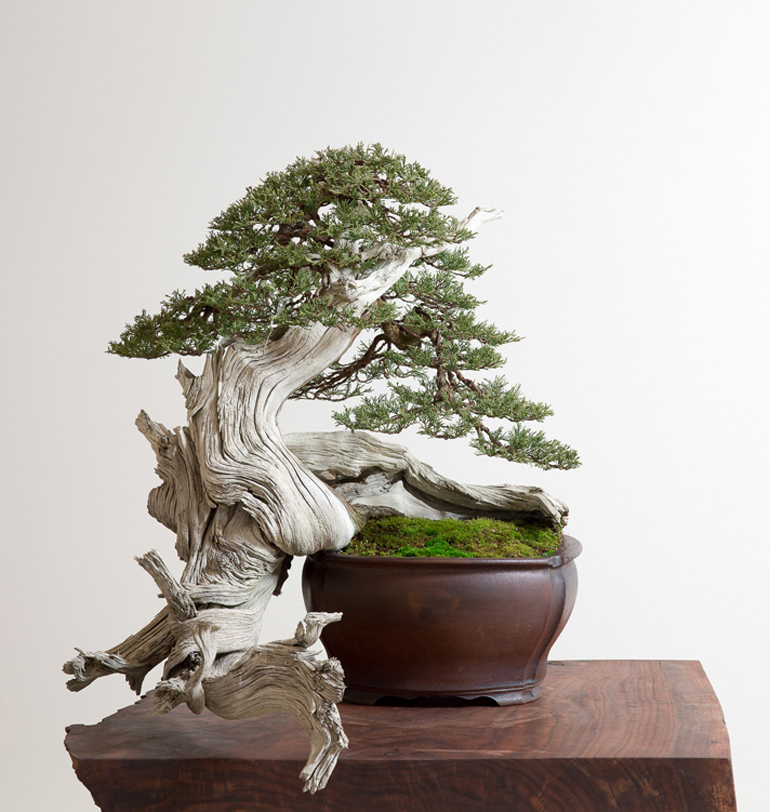
Only Mother Nature. There is no way anyone will ever grow a tree quite like this magnificently wild Rocky Mountain juniper. Taking this a step further, there is almost no way anyone will ever be able to collect and style a tree like this, though there are a handful of people who have the requisite skills and knowledge. In this case, it's a combination of two who share the skills and knowledge: Randy Knight found it, collected it and made sure it survived the trauma, and Ryan Neil styled it, potted it and currently keeps it alive and well at his Bonsai Mirai.
I’m out of the office until Monday, so we’ll resort to reruns once again. In case it’s a very timely rerun (from January this year).
It’s not too late to get yourself to Portland for the Artisans Cup. If you live within a day or two, all you have to do is get in your car and point towards Portland. If you have to fly, this time of year shouldn’t be bad for last minute tickets and off season lodging should be okay too.
When you visit Portland Oregon (for the Artisans Cup at the Portland Art Museum, Sept 26-28), be sure to sign up for a Portland Bonsai Village tour. Portland is a lot about the future (and present) of American bonsai and the Bonsai Village is a big part of that.
Though I’m sure you can find other reasons, when it comes to bonsai, two things about the Portland area stand out: a number of Americans who apprenticed in Japan have settled (or plan on settling) in the Portland area (thus the Bonsai Village), and the Willamette Valley is perhaps the prime North American growing area for temperate zone plants (most of the world’s greatest bonsai are temperate zone trees; though our friends who live in the tropics might take issue).
All the trees in this post are from Ryan Neil’s Bonsai Mirai (Ryan is the main inspiration and organizer of the Cup), the home of what must be the best collections of North American yamadori bonsai in the world (yamadori are trees collected from the wild).
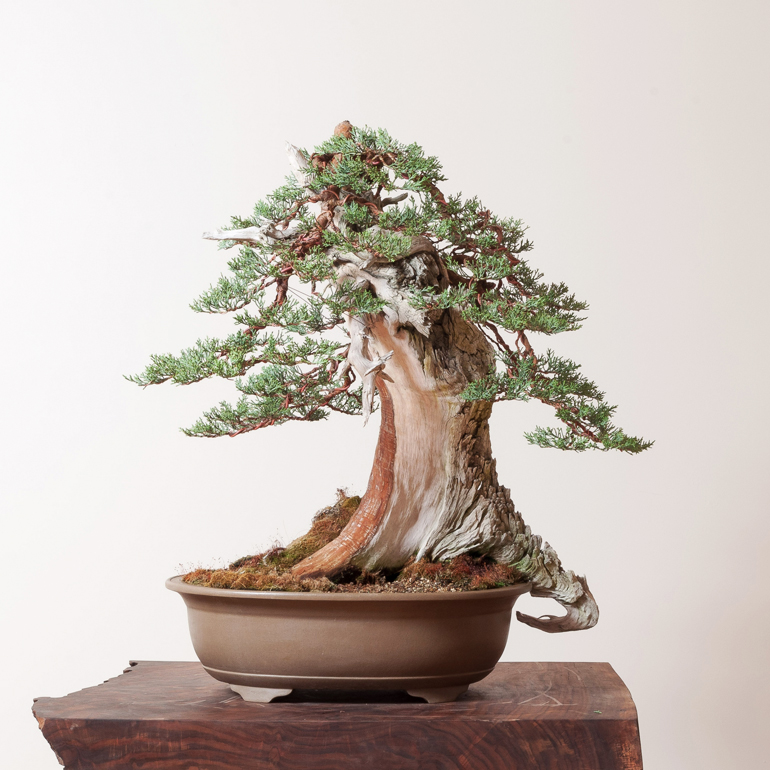
If you took away the little deadwood hook on the right, this Sierra juniper (Juniperus occidentalis) would still be spectacular. With the hook, it's tree you'll never forget.
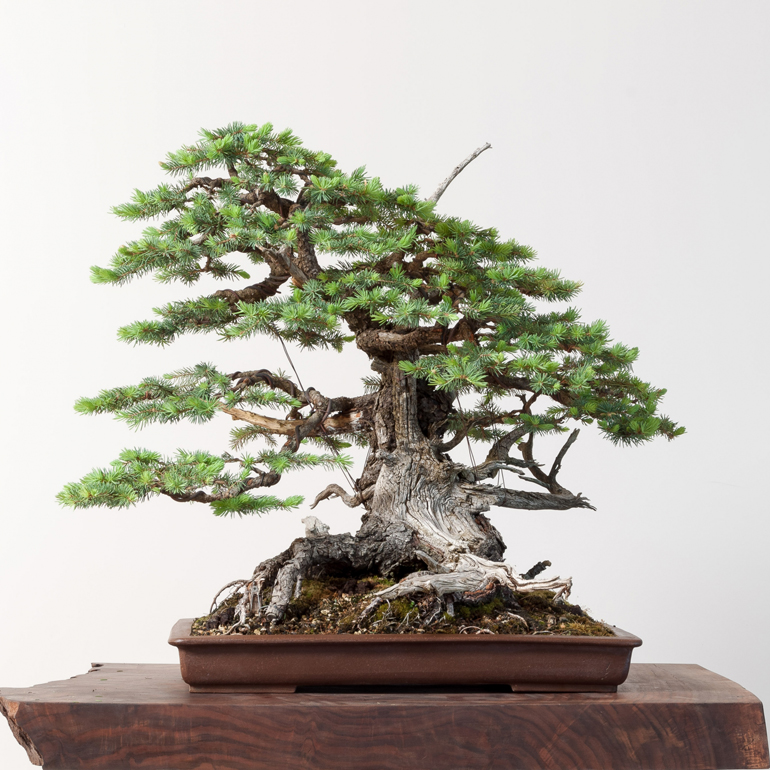
Ryan calls this a Colorado spruce (Picea pungens). You might know it as a Colorado blue spruce, or simply Blue spruce (even though this one is clearly green).
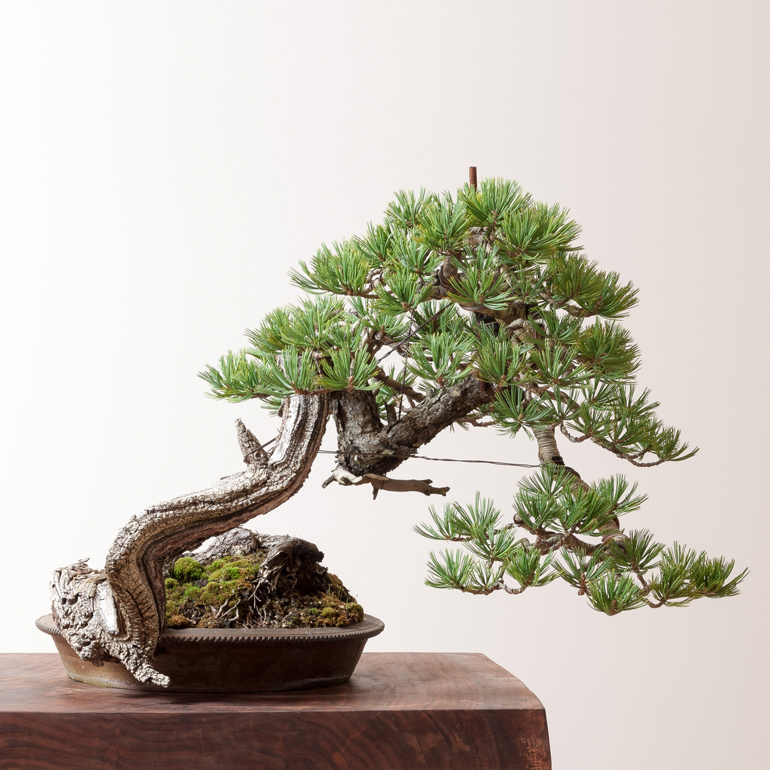
One fairly common yamadori feature is the unpredictable relationship of the roots to the trunk (and the rest of the tree). This can make potting a real challenge, with some pretty strange and often spectacular results. The tree is a Limber pine. Is that a dowel or rebar sticking up?
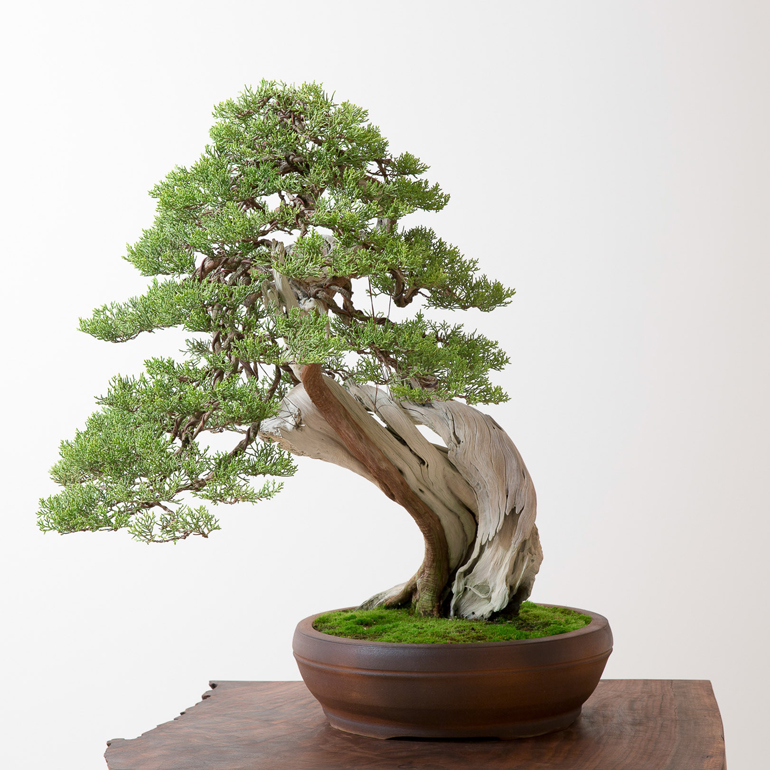
This California juniper reminds me of any number of Japanese Shimpaku yamadori. Compared to the other trees shown here, it's quite staid and sober looking. But only compared the others.
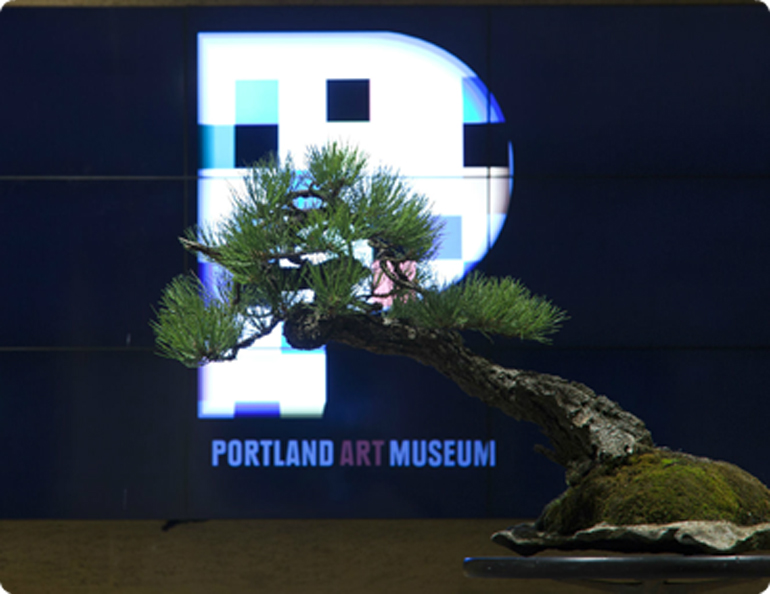
See you there! September 26-28.
It’s hard to style quality trees without quality tools.
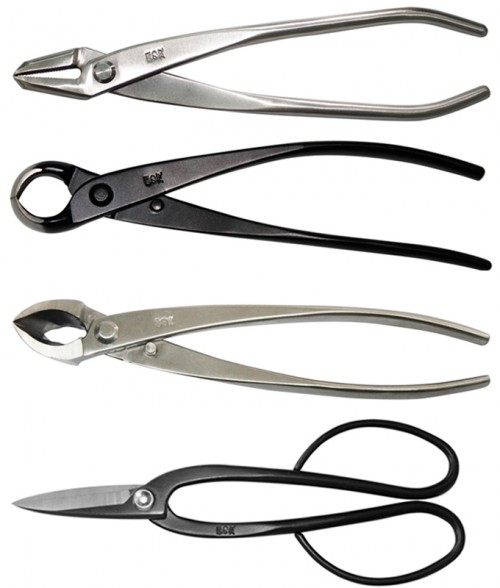 30% off all Roshi Bonsai Tools
30% off all Roshi Bonsai Tools
Plus an extra 10% off all orders 100.00 or more
If you aren’t ready to take the leap to the highest priced tools, Roshi tools are the answer. Not only are they affordable, but they share the look and feel of more expensive tools and the quality for the price is unbeatable
Full cascade Japanese black pine (Pinus thumbergii). Japanese for Black pine is Kuromatsu (kuro is black and matsu is pine).
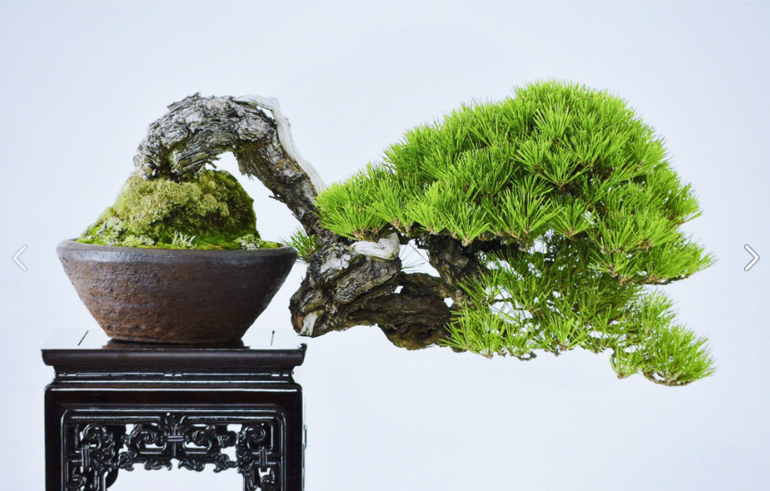
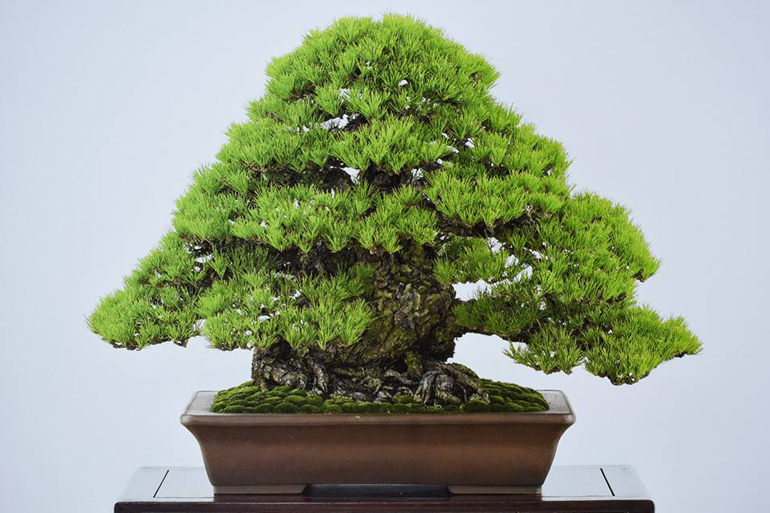
Another powerful trunk, though this one has bit more of a trunk-like form. And then there are those prized deep furrows.
Another massive, strangely shaped trunk. Do you think the pot a bit too big for the tree?
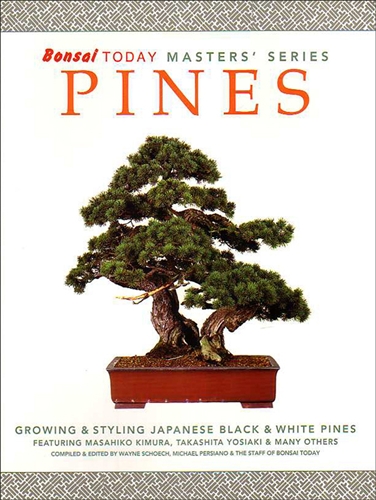
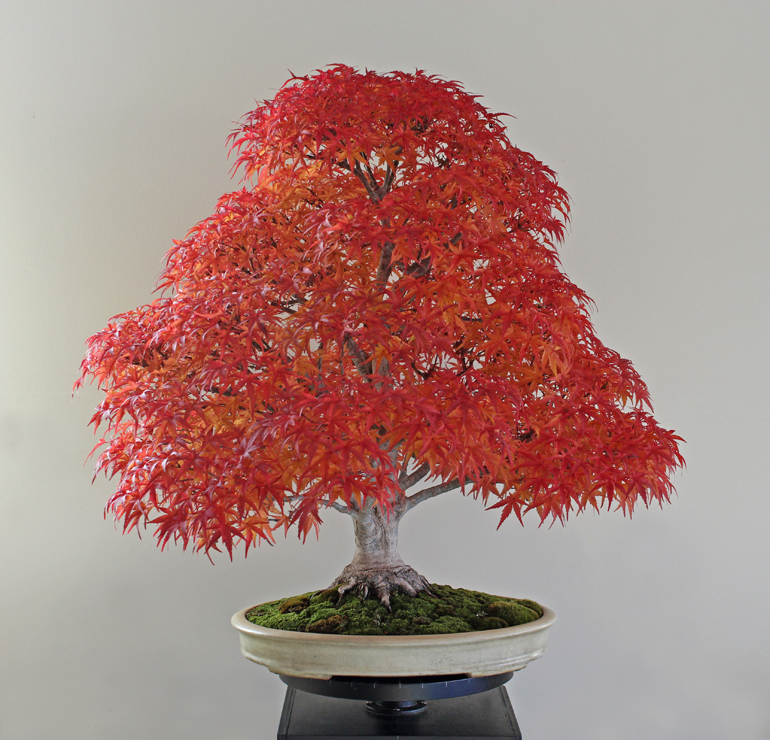
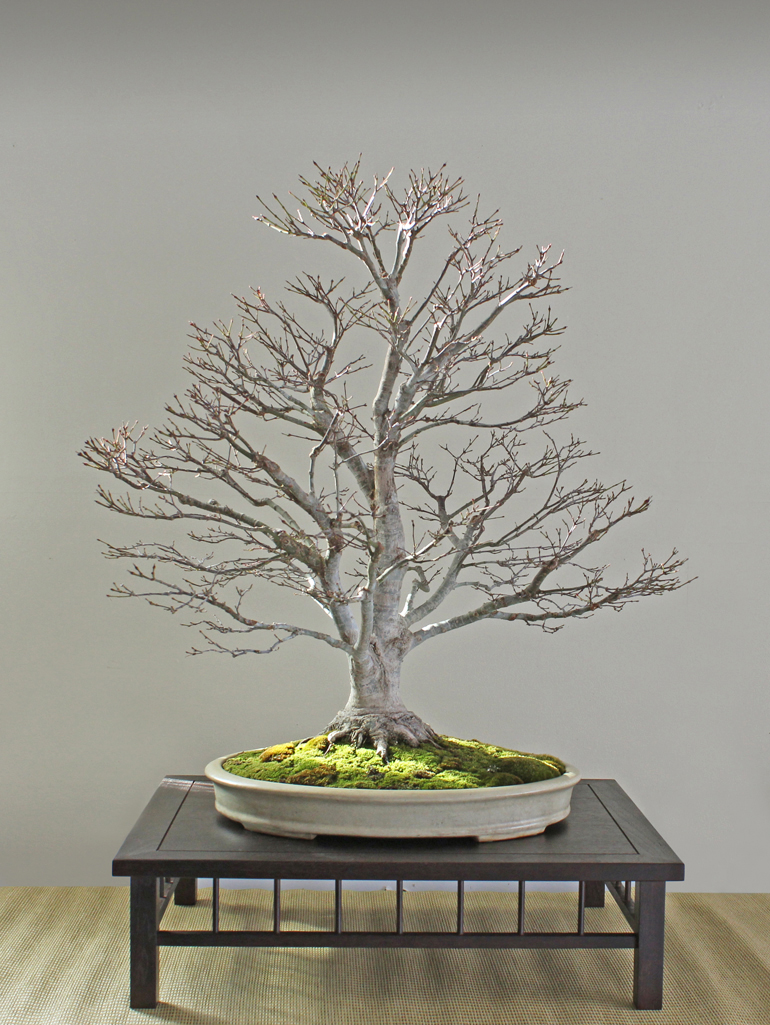
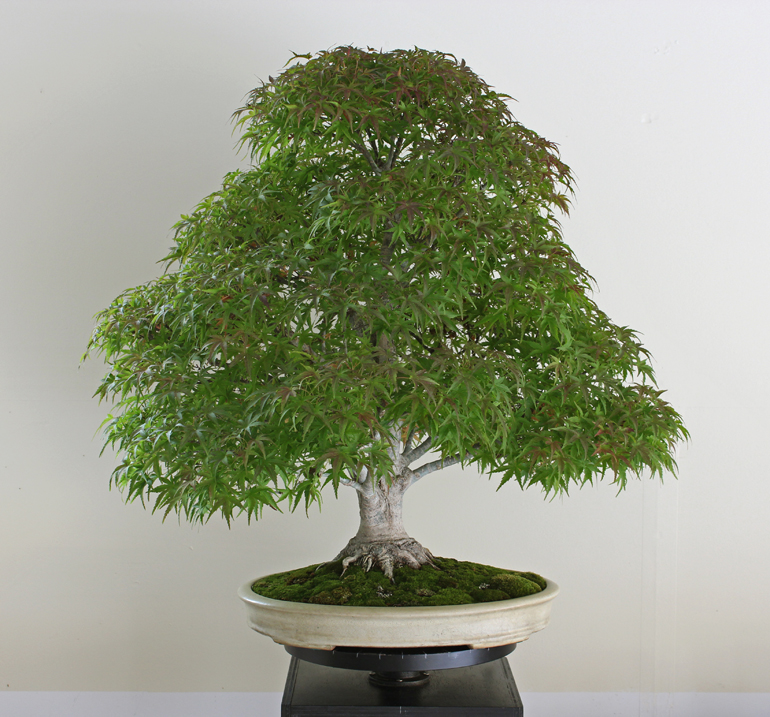
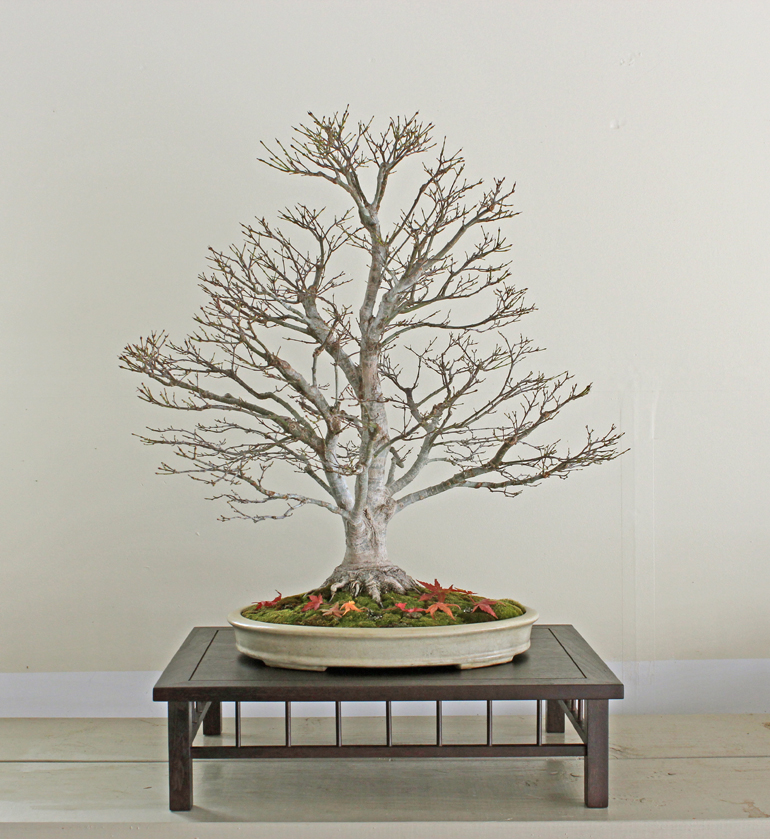
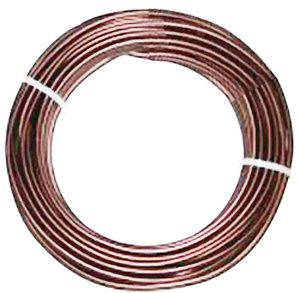
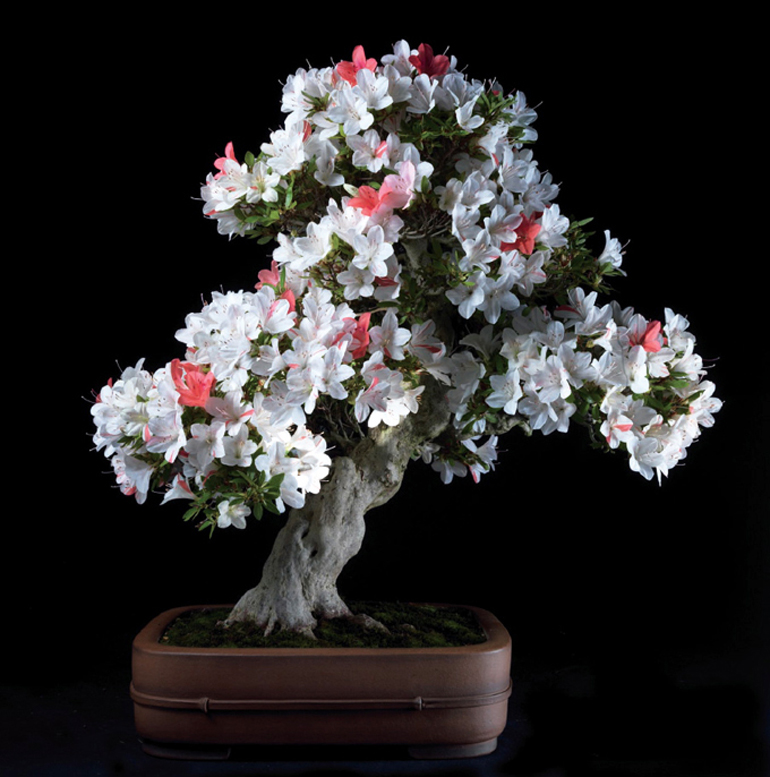
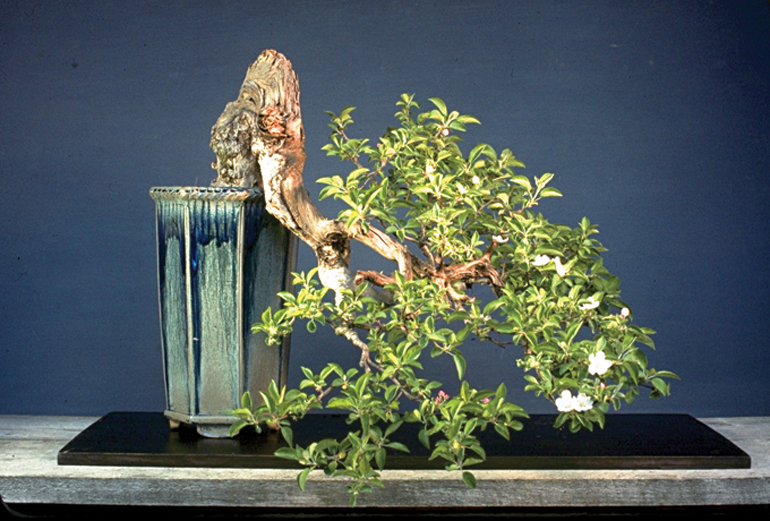
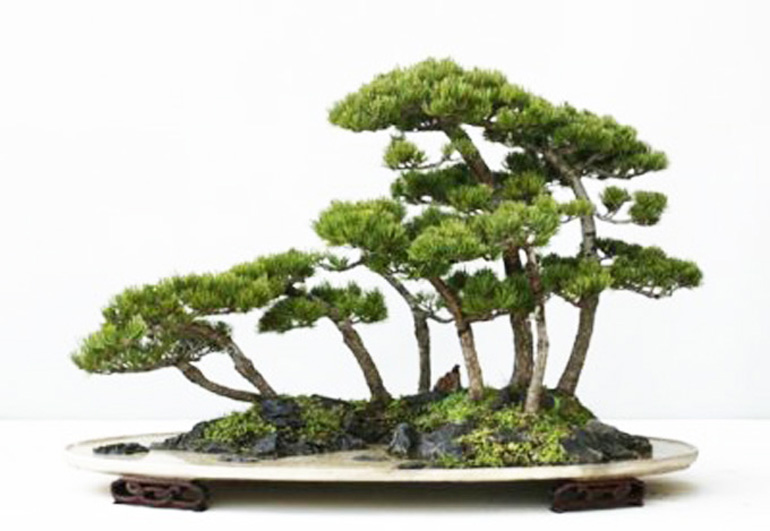
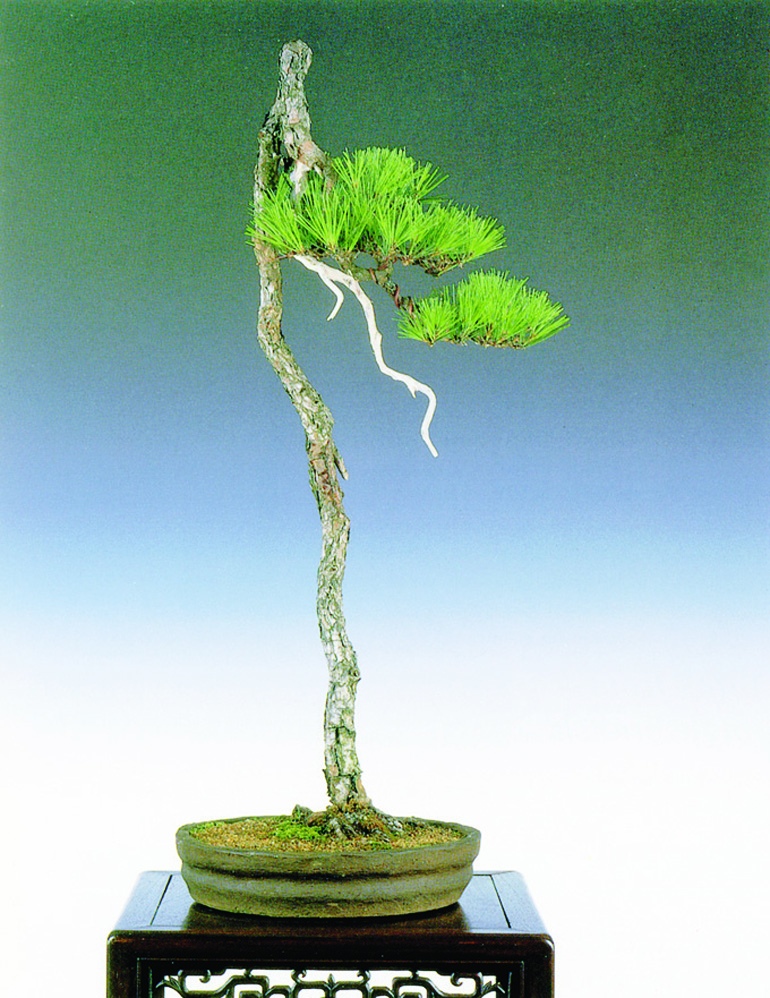
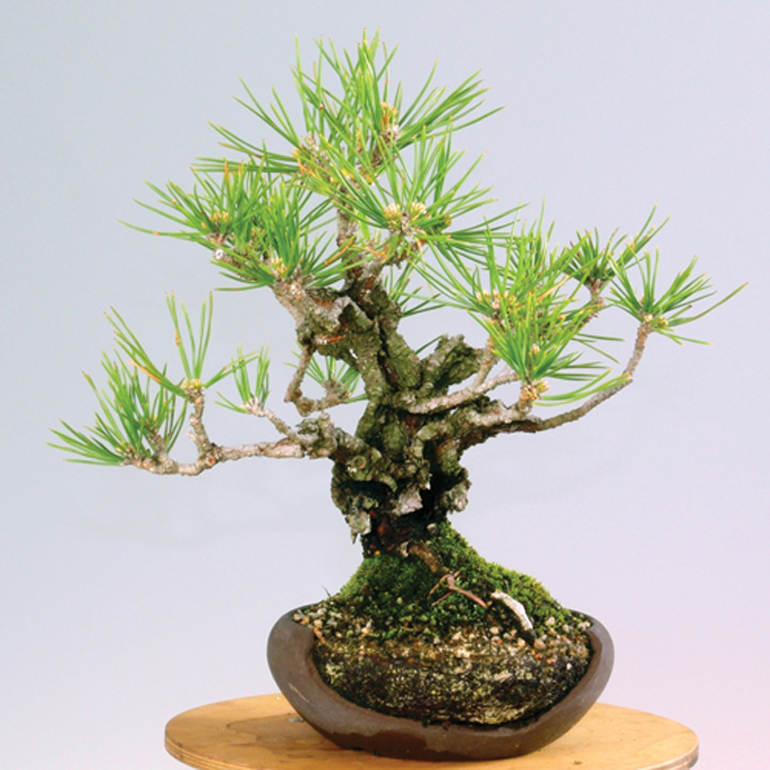
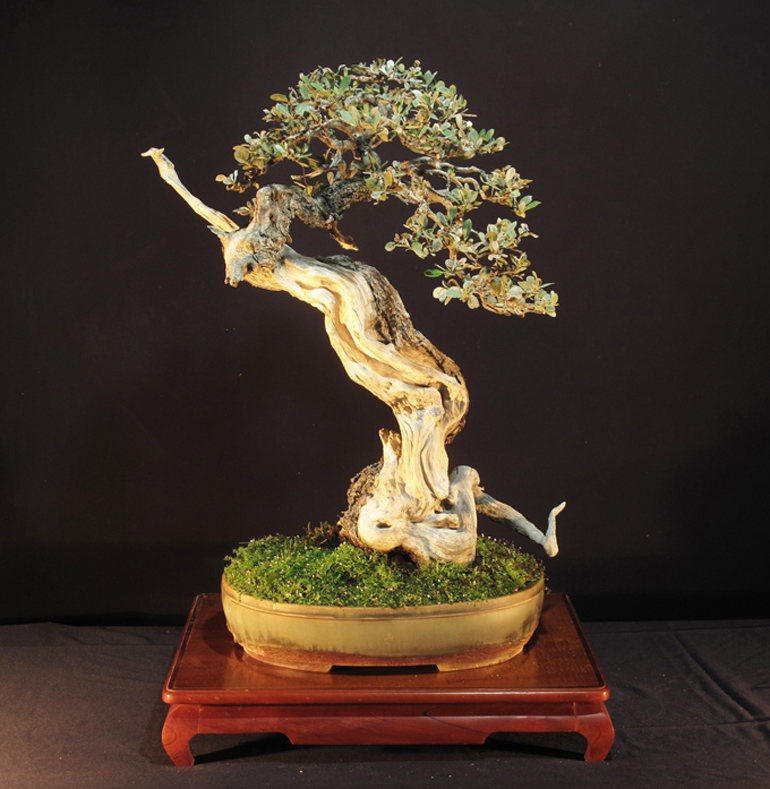
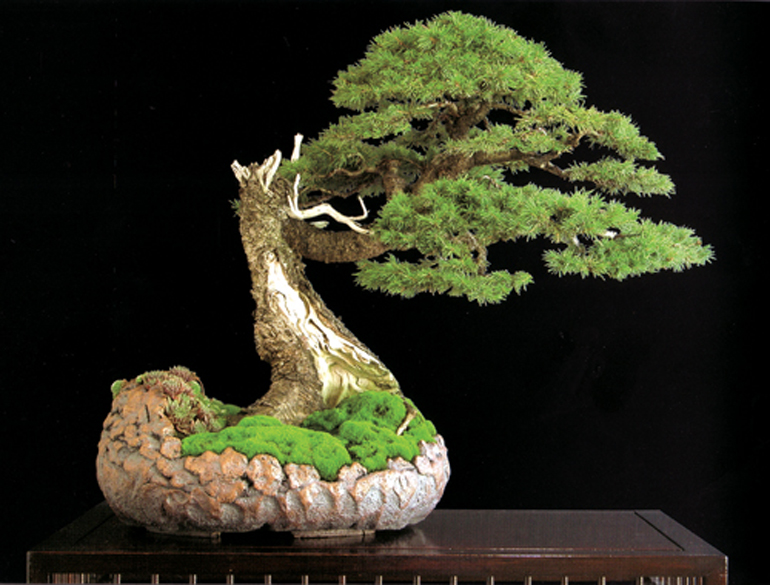
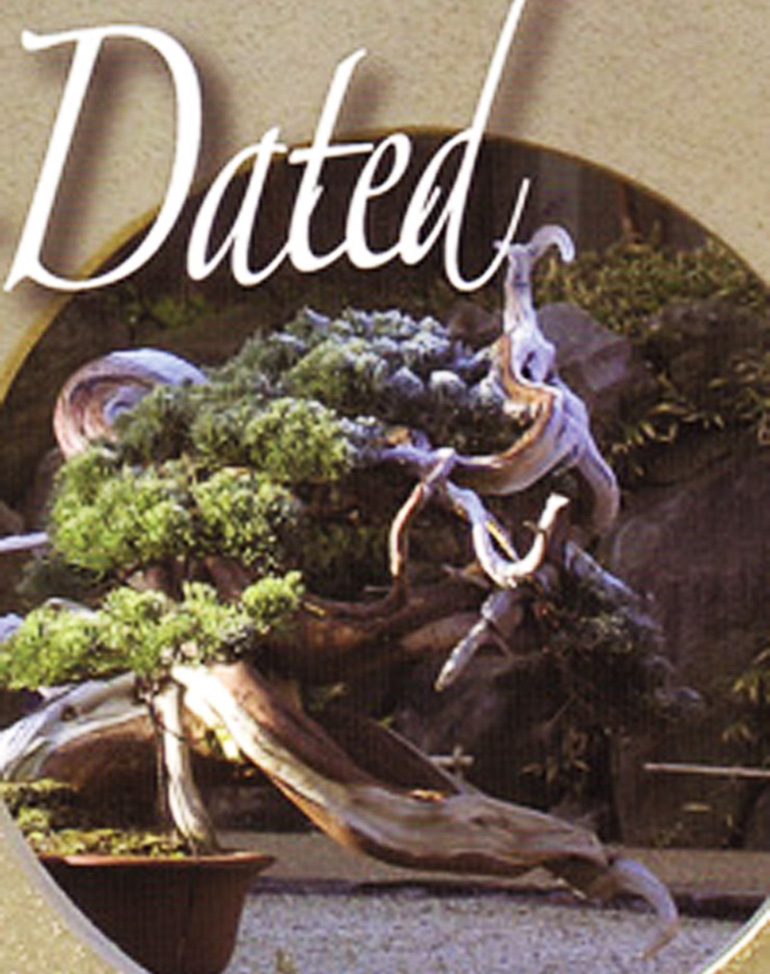
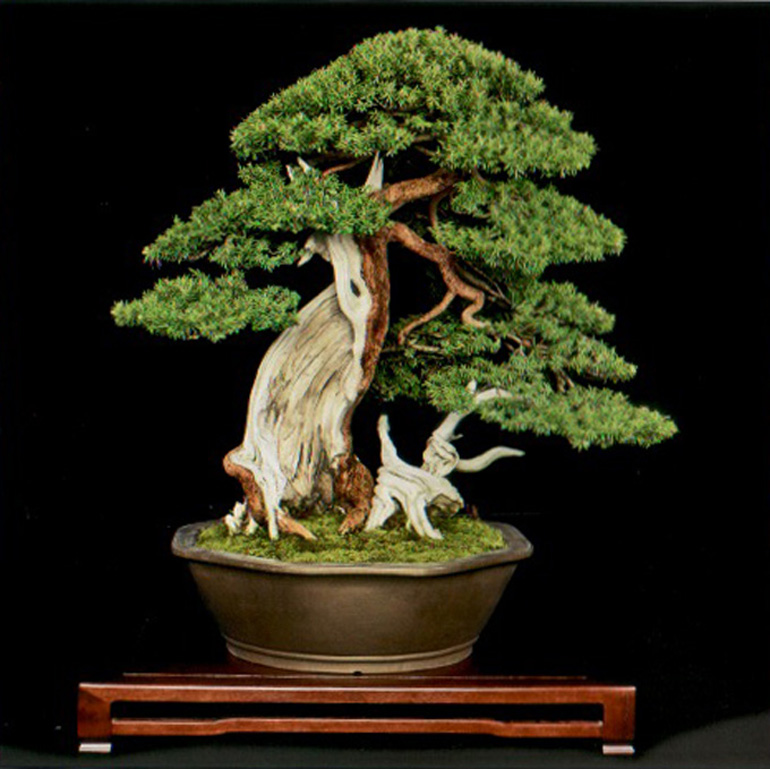
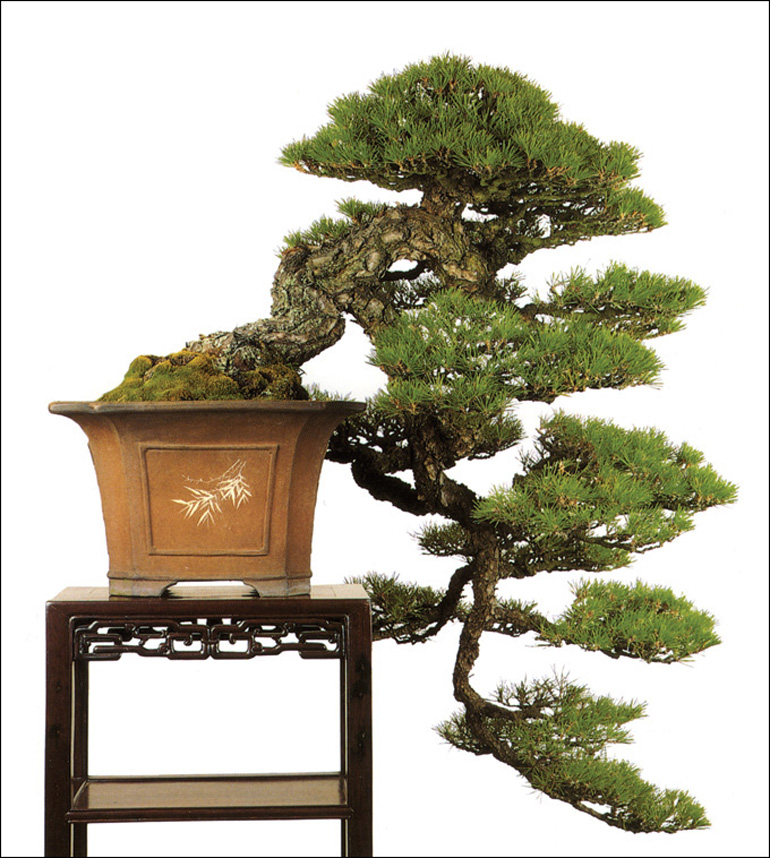
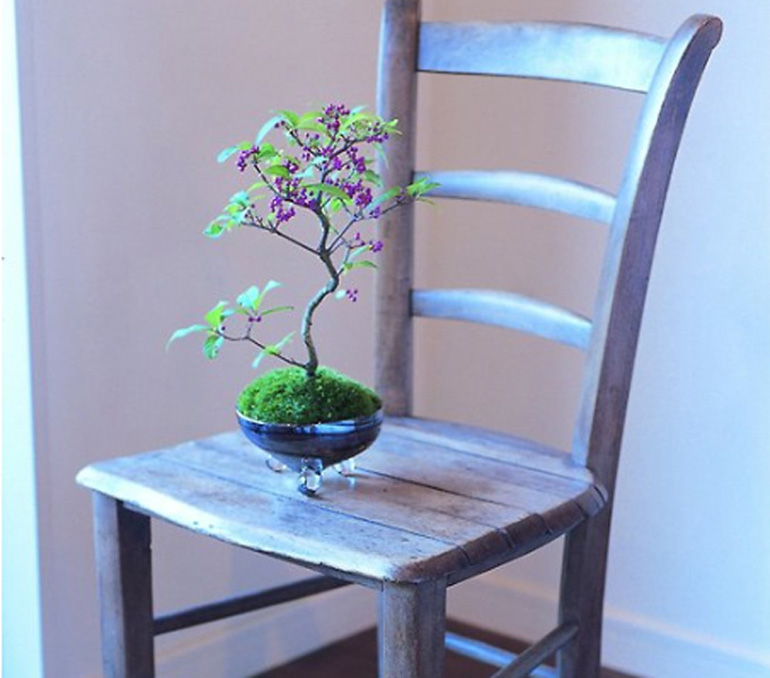
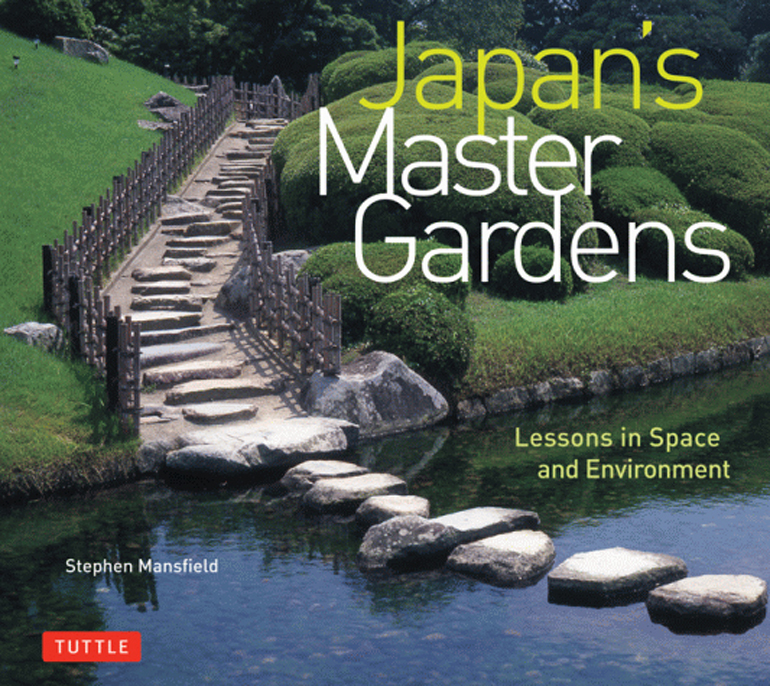

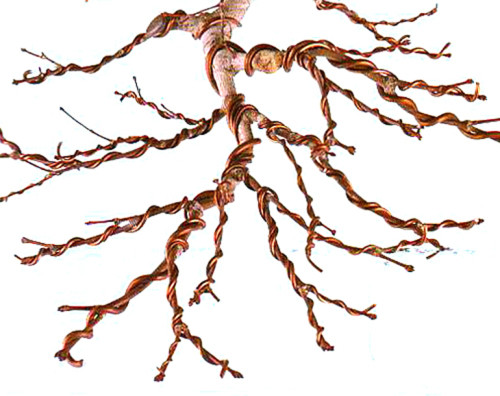 While we're at it,
While we're at it, 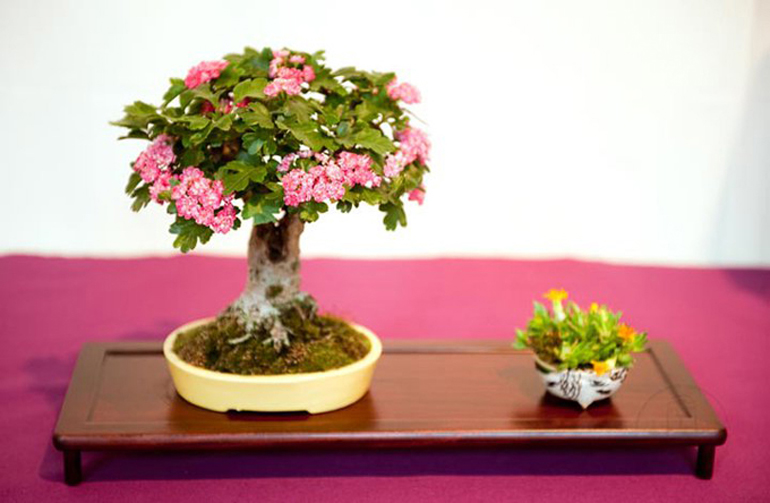 Caught in the act of flowering. This ubiquitous little Hawthorn belongs to
Caught in the act of flowering. This ubiquitous little Hawthorn belongs to 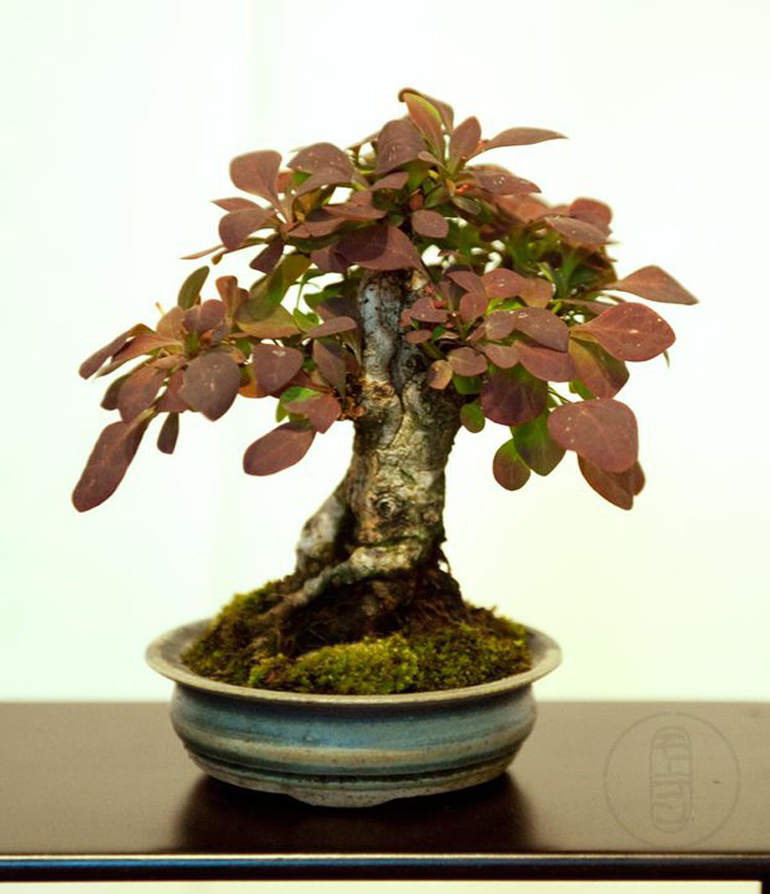 Though I couldn't find this on
Though I couldn't find this on 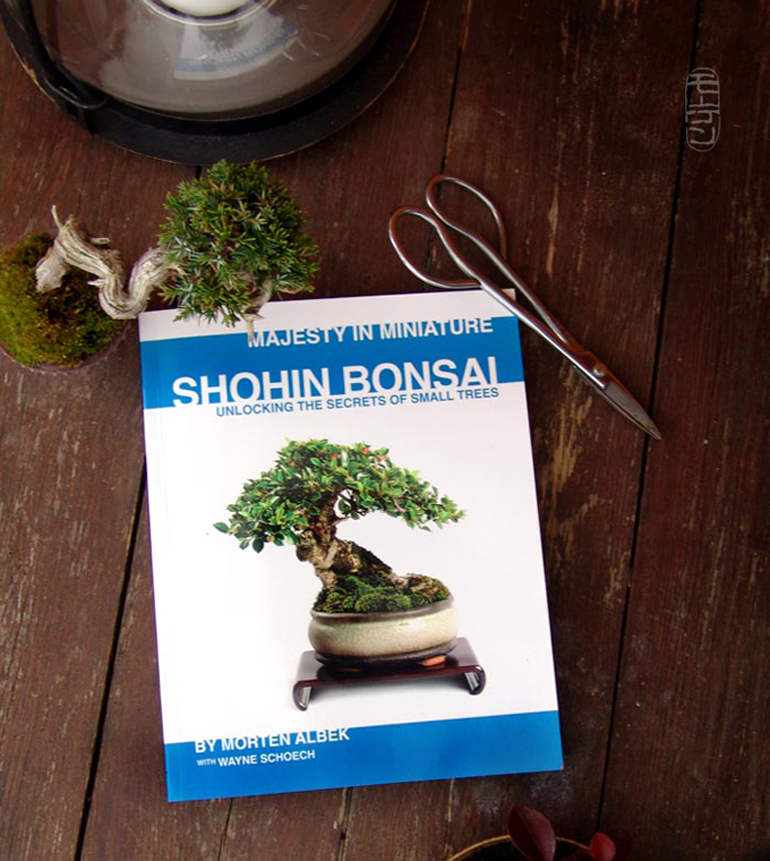
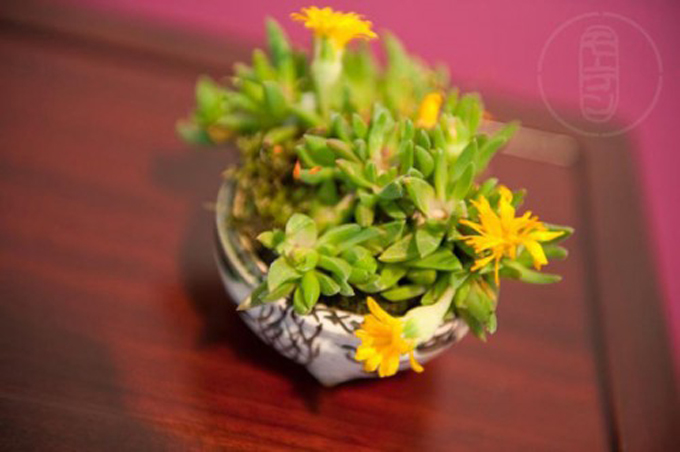 A close up of the sweet little companion that appears above (and below).
A close up of the sweet little companion that appears above (and below).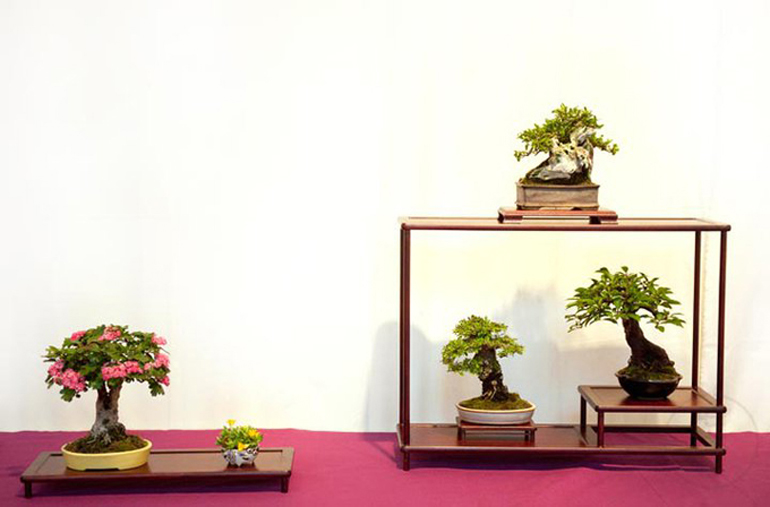 The whole display. When it comes to showtime, shohin bonsai is all about display. Morten goes into the topic in great depth in
The whole display. When it comes to showtime, shohin bonsai is all about display. Morten goes into the topic in great depth in 
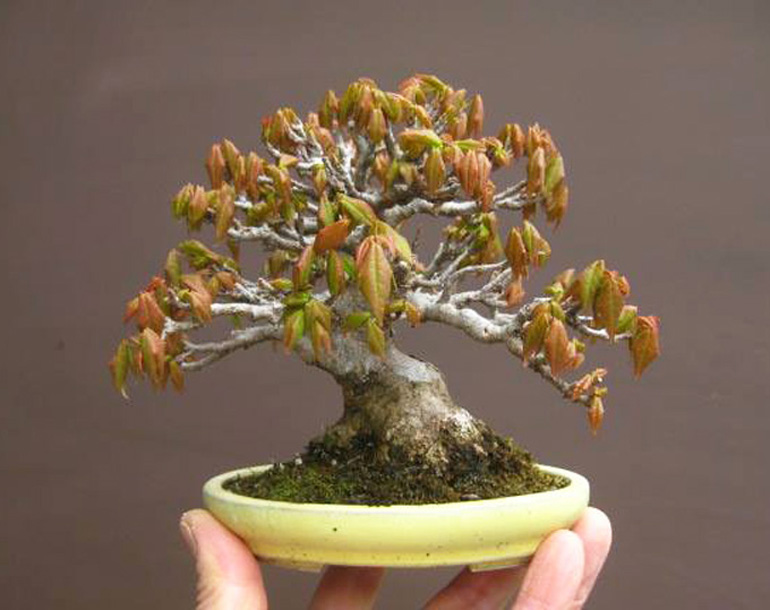 There are few things more delicate and beautiful than fresh spring Maple leaves (Trident maple in this case). This exquisite tree and exquisite pot are perfect expressions of the artistry of
There are few things more delicate and beautiful than fresh spring Maple leaves (Trident maple in this case). This exquisite tree and exquisite pot are perfect expressions of the artistry of 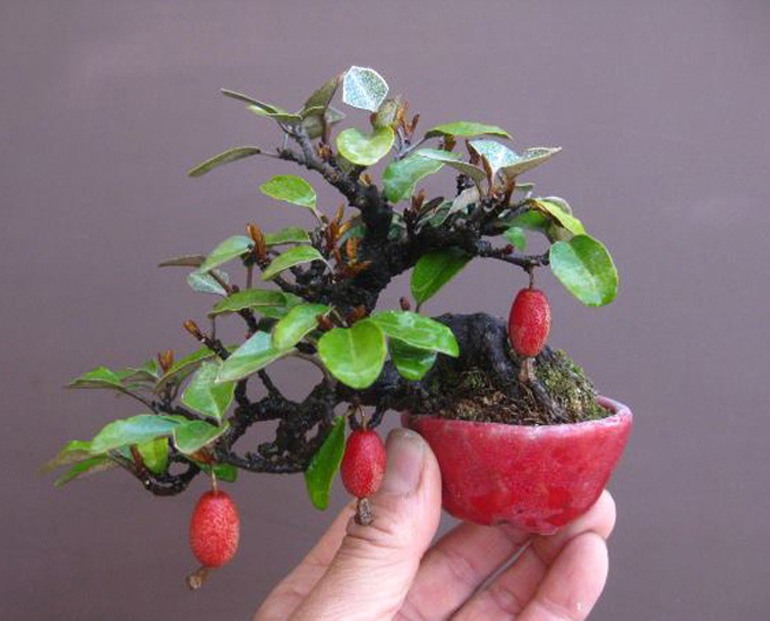 Red on red. In a previous Haruyosi post (
Red on red. In a previous Haruyosi post (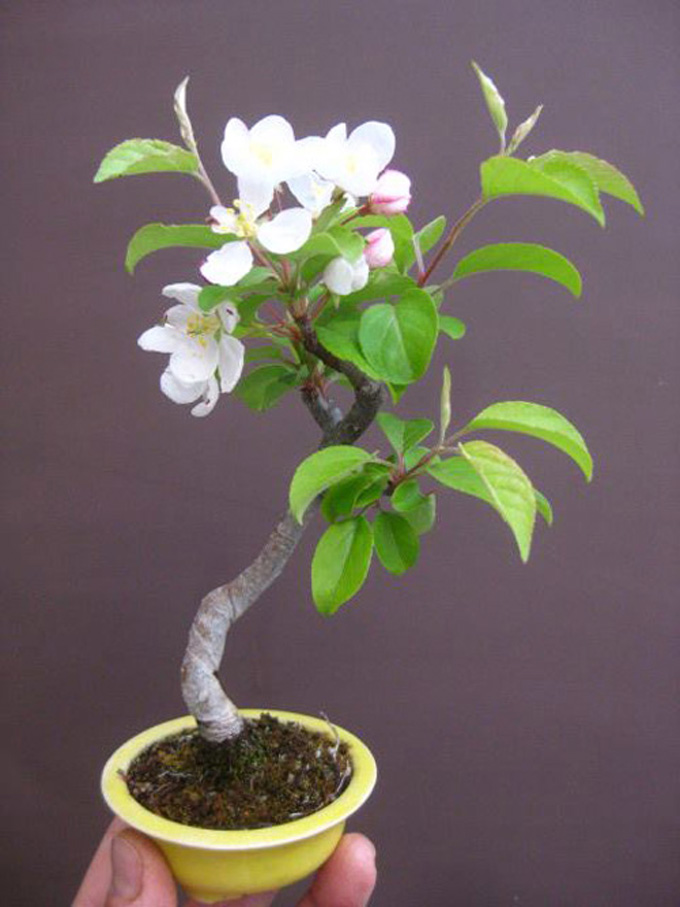 More delicate spring beauty. This time the pot is yellow. It turns out that, like red pots, yellow pots aren't all that common. The tree is Malus halliana (Hall's crapapple).
More delicate spring beauty. This time the pot is yellow. It turns out that, like red pots, yellow pots aren't all that common. The tree is Malus halliana (Hall's crapapple).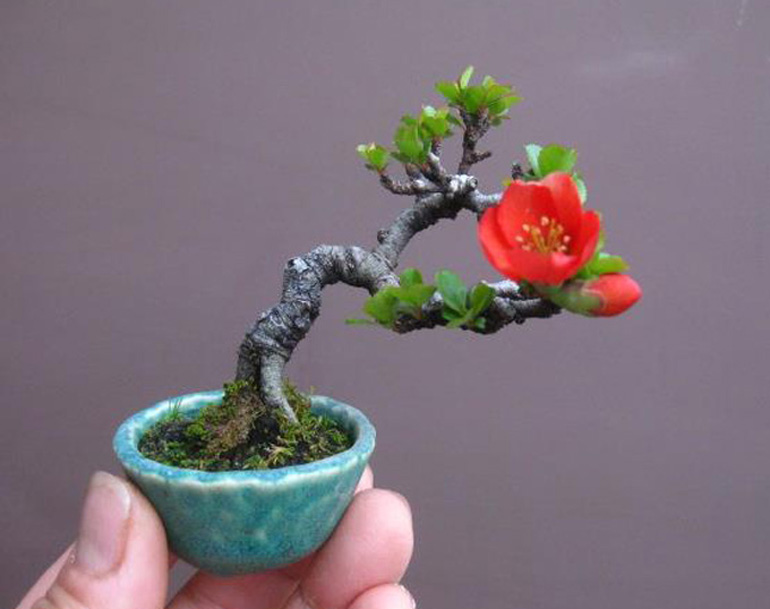 This luscious little Japanese quince (Chaenomeles speciosa) looks old and yet is so small. As is the sweet little pot (small, not necessarily old). I know I've mentioned this before, but there's something about the brilliance and purity of quince flowers.
This luscious little Japanese quince (Chaenomeles speciosa) looks old and yet is so small. As is the sweet little pot (small, not necessarily old). I know I've mentioned this before, but there's something about the brilliance and purity of quince flowers.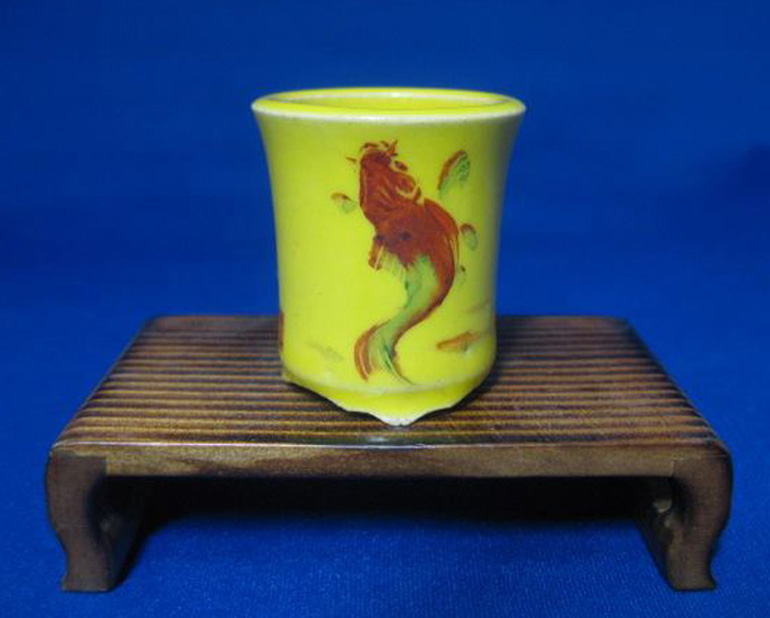 Just another
Just another 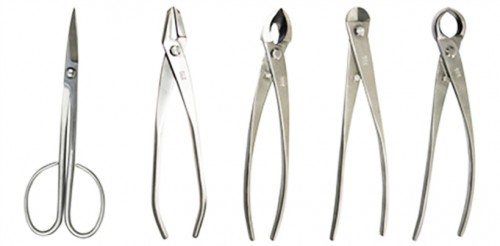
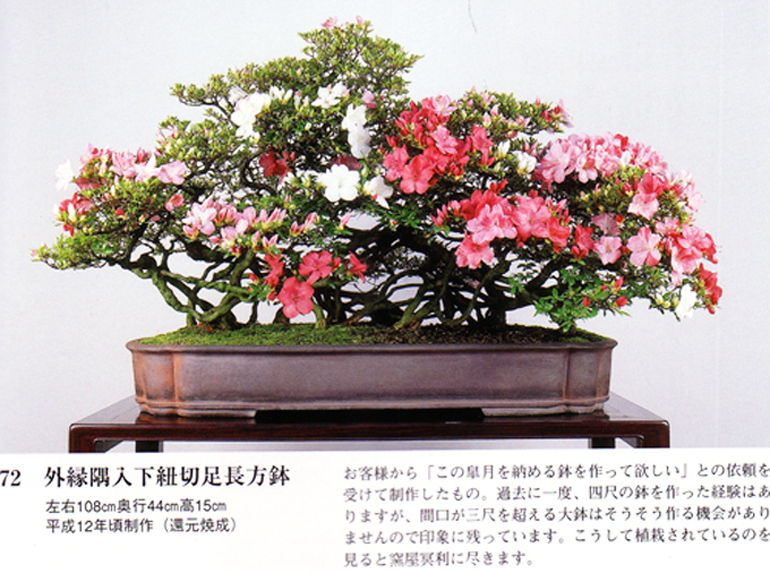 I don't know who styled this wonderfully crazy azalea (I don't read Japanese) but I do know that
I don't know who styled this wonderfully crazy azalea (I don't read Japanese) but I do know that 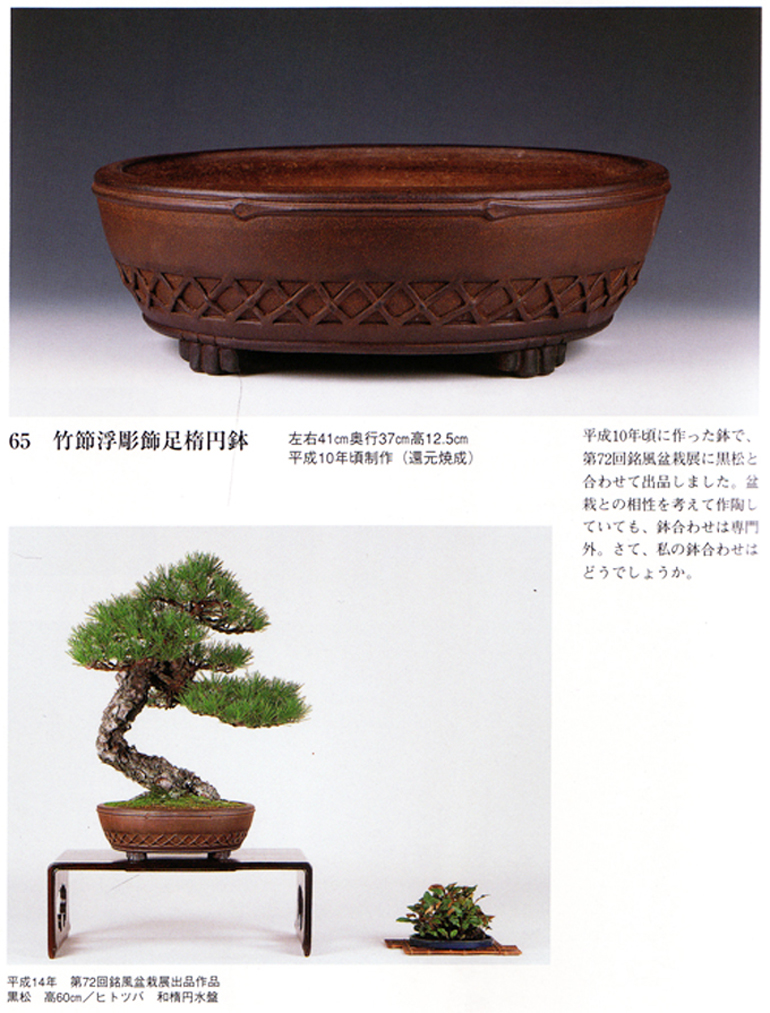
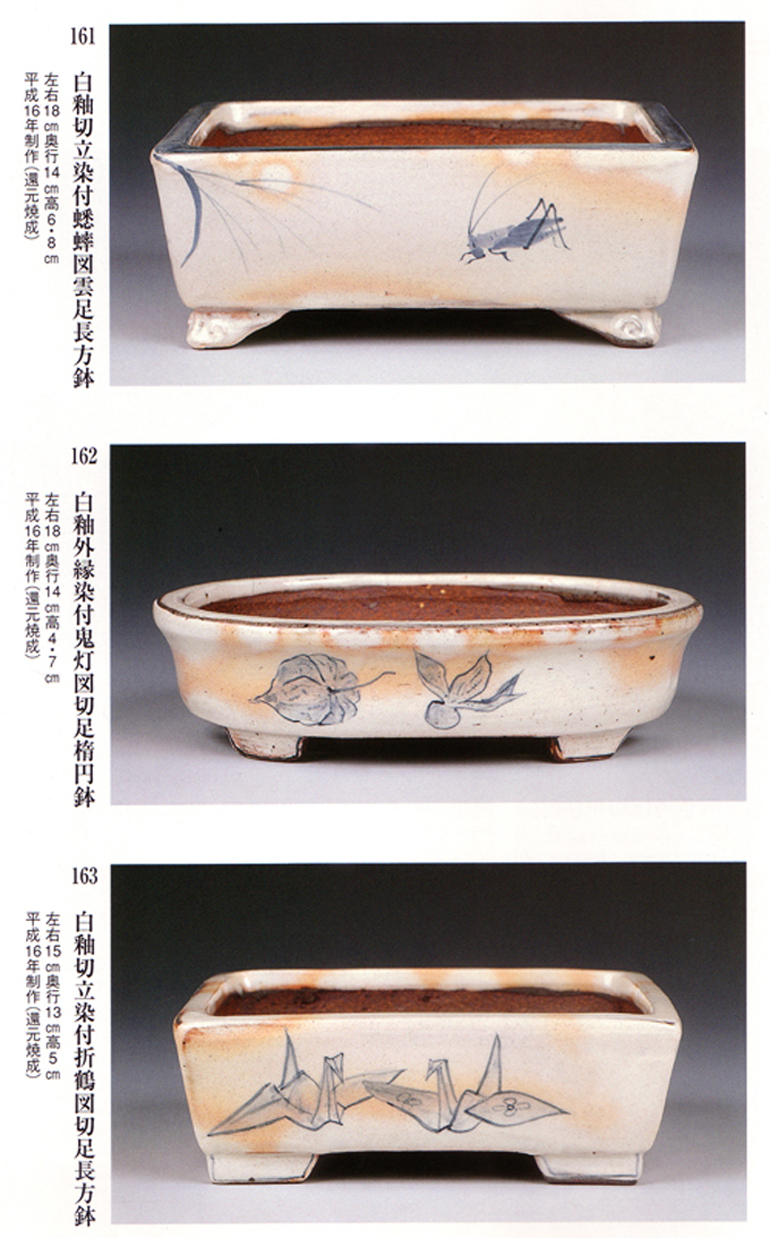
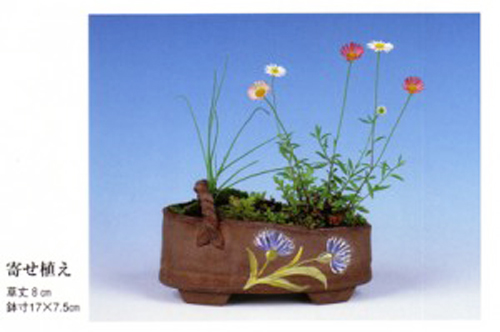
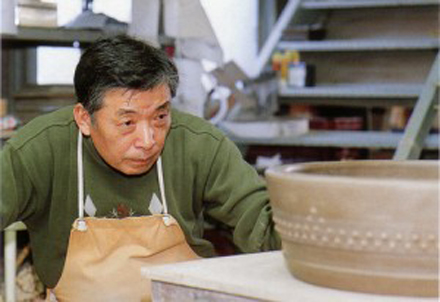
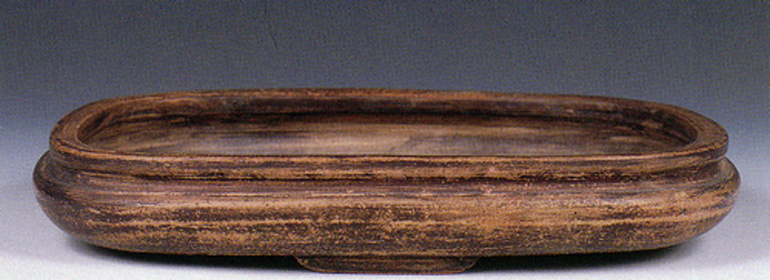
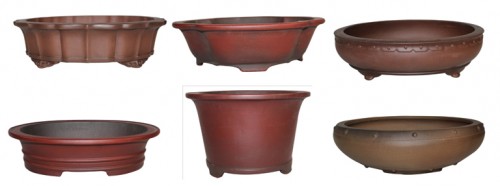







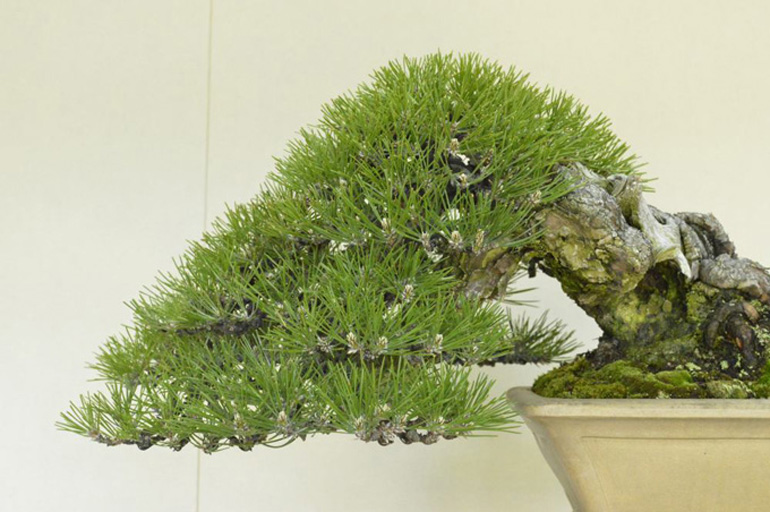 What a great photo. It helps to have such an excellent subject for sure (
What a great photo. It helps to have such an excellent subject for sure (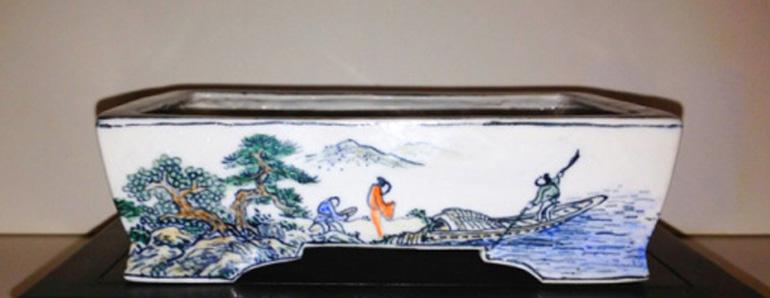 I have a soft spot for hand painted
I have a soft spot for hand painted 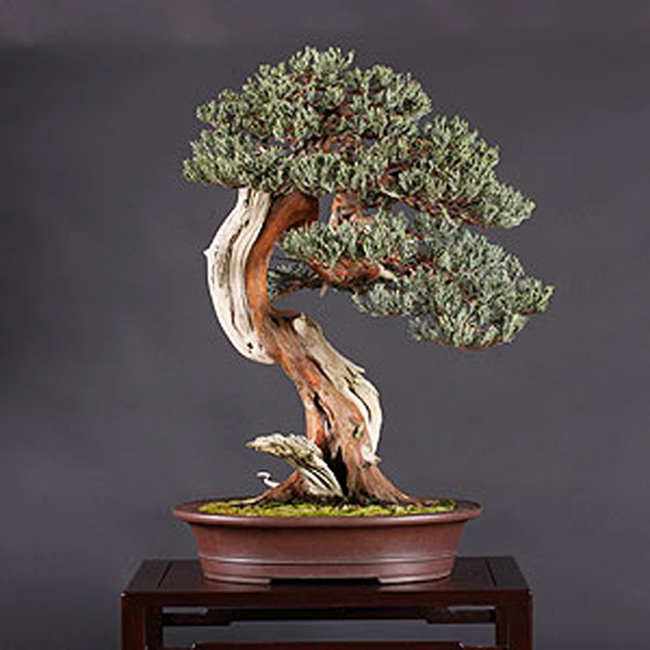
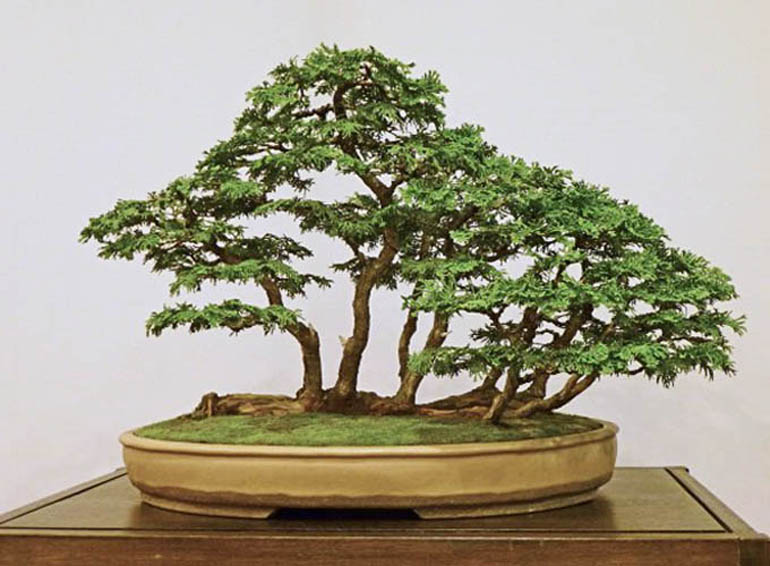 I can't be sure if this is a Hinoki (Chamaecyparis obtusa) or an Arborvitae (Thuja, aka Cedar). There are plentiful varieties of each, and sometimes they look quite similar. If it's a Hinoki, I don't think I've ever seen one that's raft-style. Actually, the same goes if it's a Cedar. Whatever it is, it was one of the trees shown at the
I can't be sure if this is a Hinoki (Chamaecyparis obtusa) or an Arborvitae (Thuja, aka Cedar). There are plentiful varieties of each, and sometimes they look quite similar. If it's a Hinoki, I don't think I've ever seen one that's raft-style. Actually, the same goes if it's a Cedar. Whatever it is, it was one of the trees shown at the 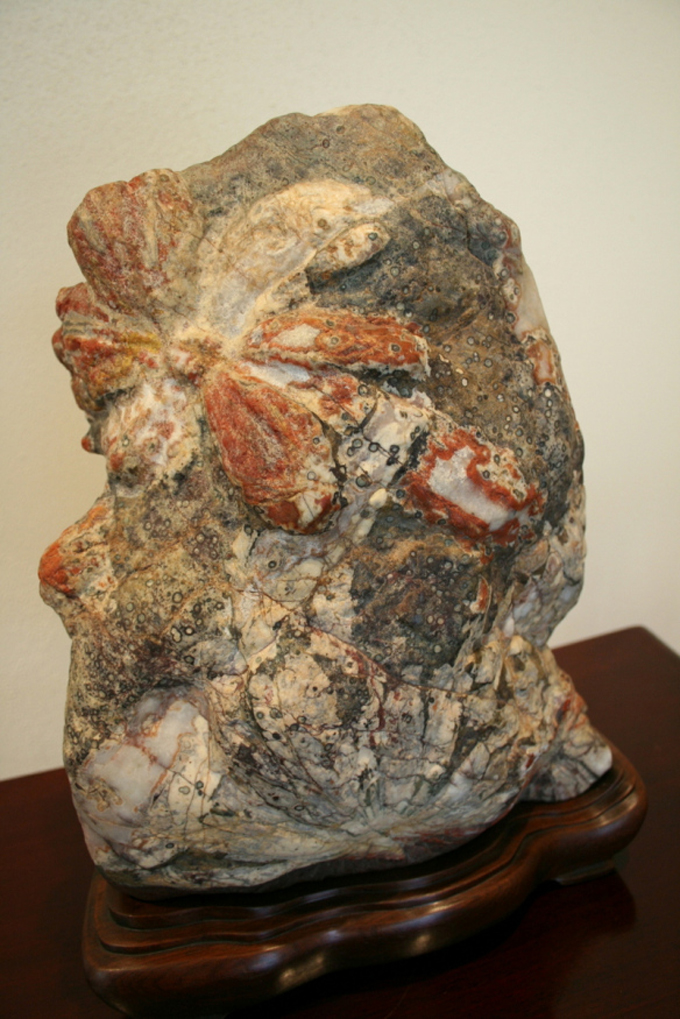
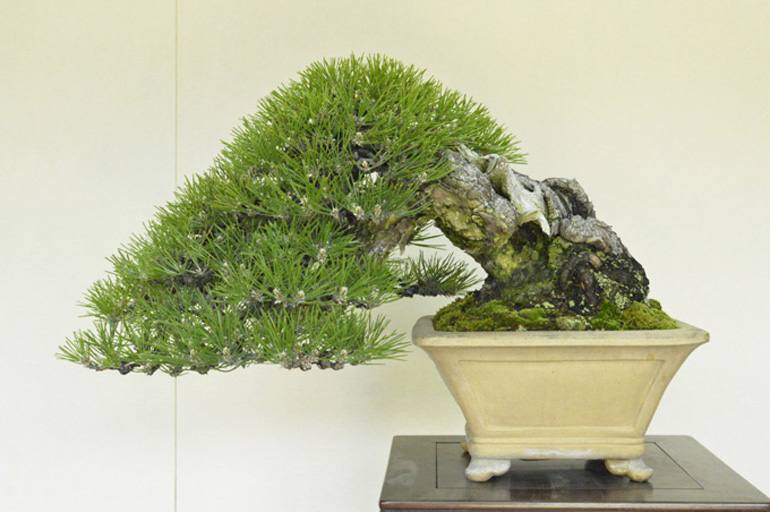 Here's the whole
Here's the whole 
